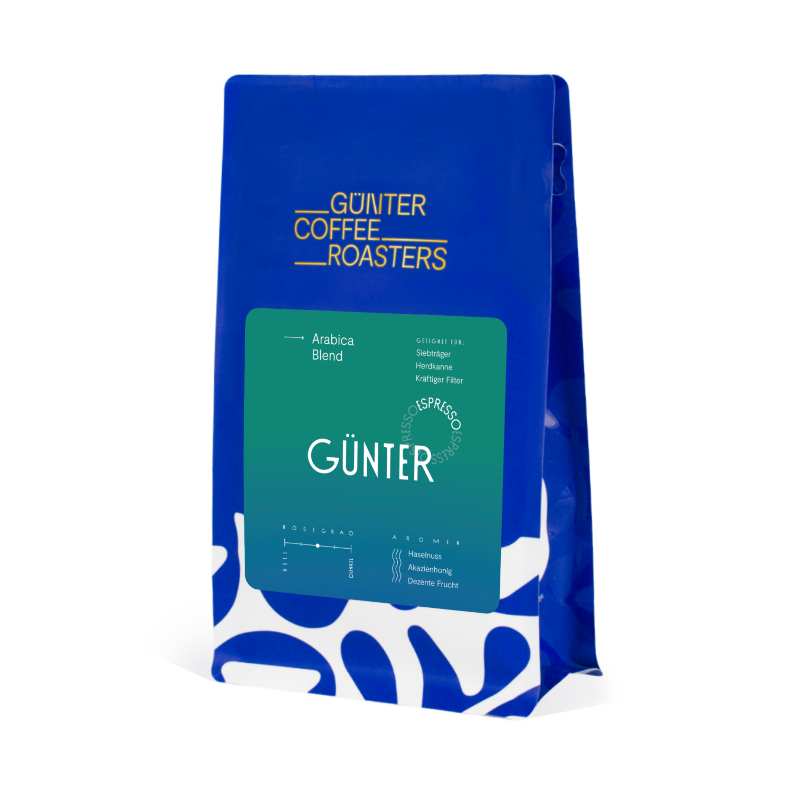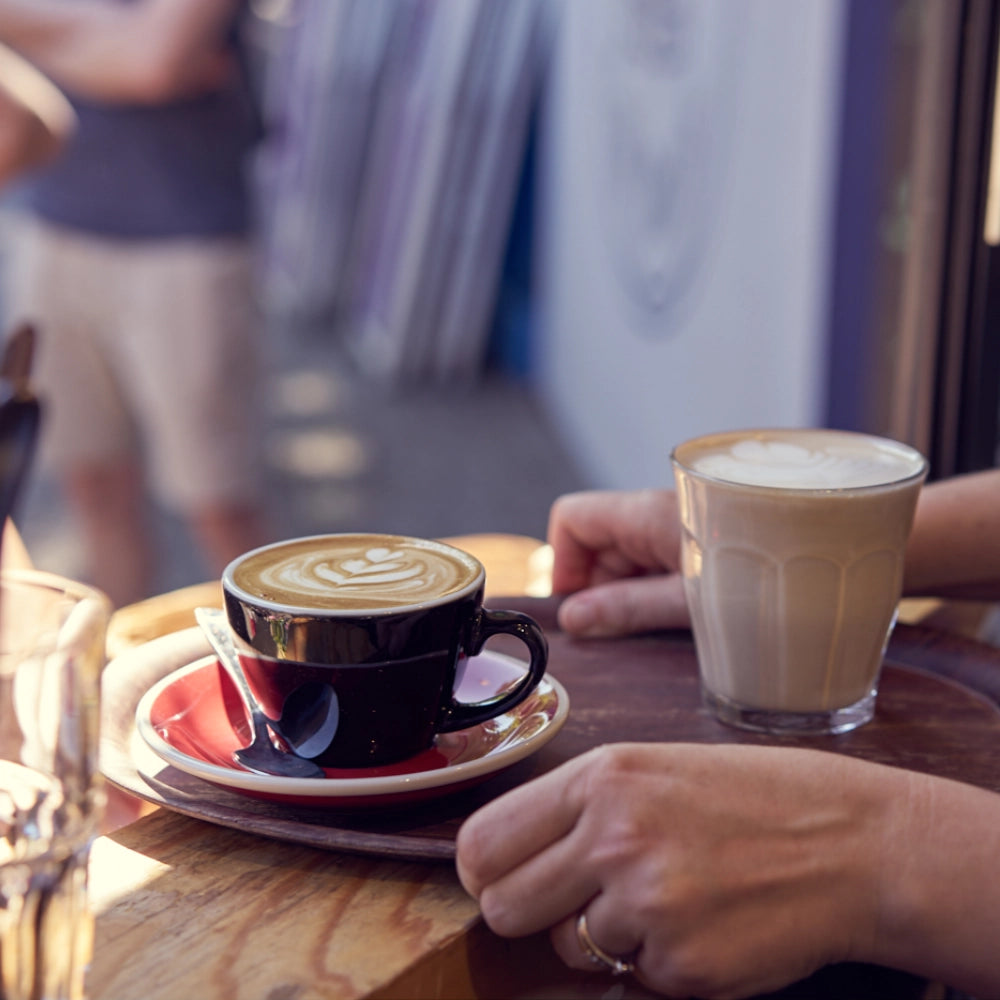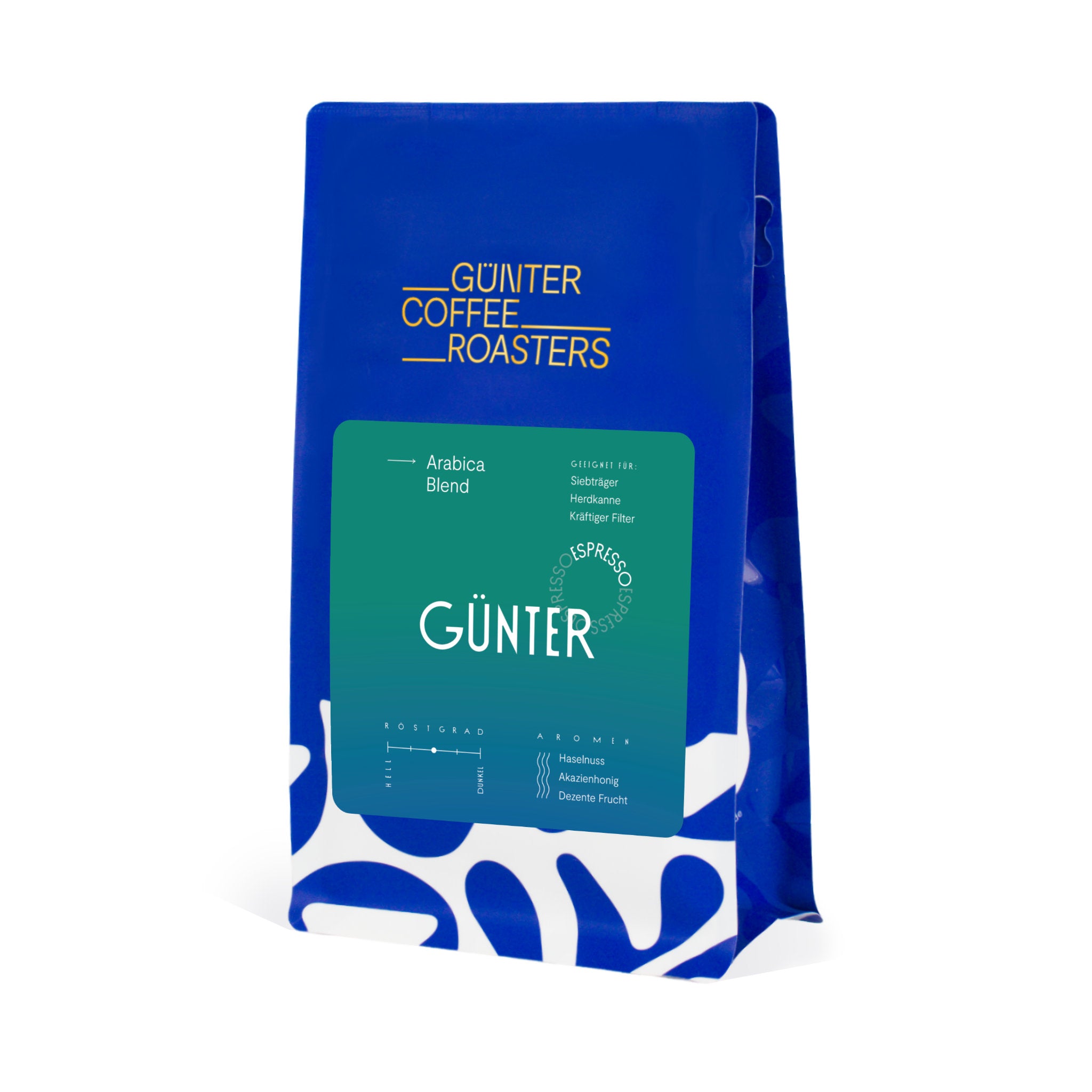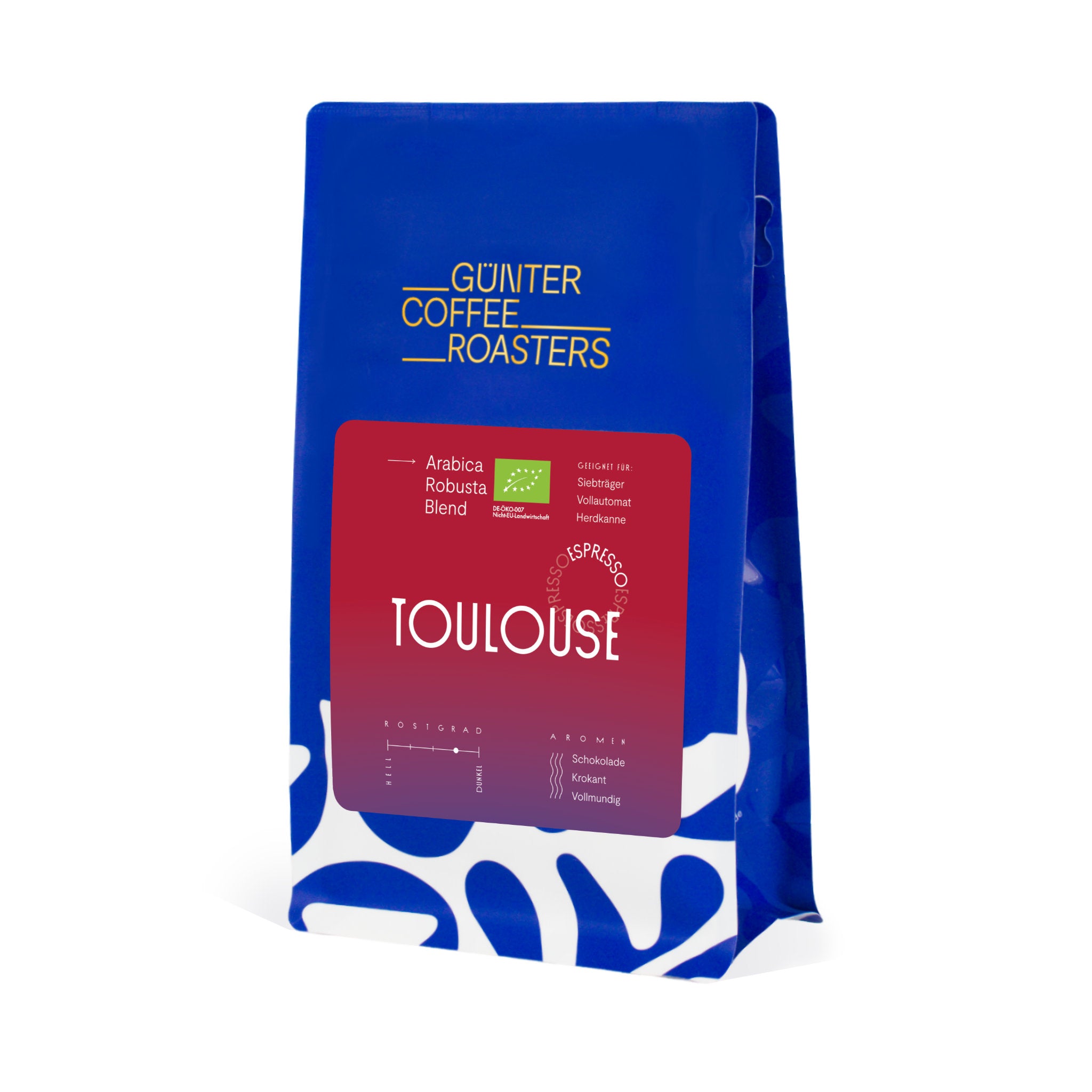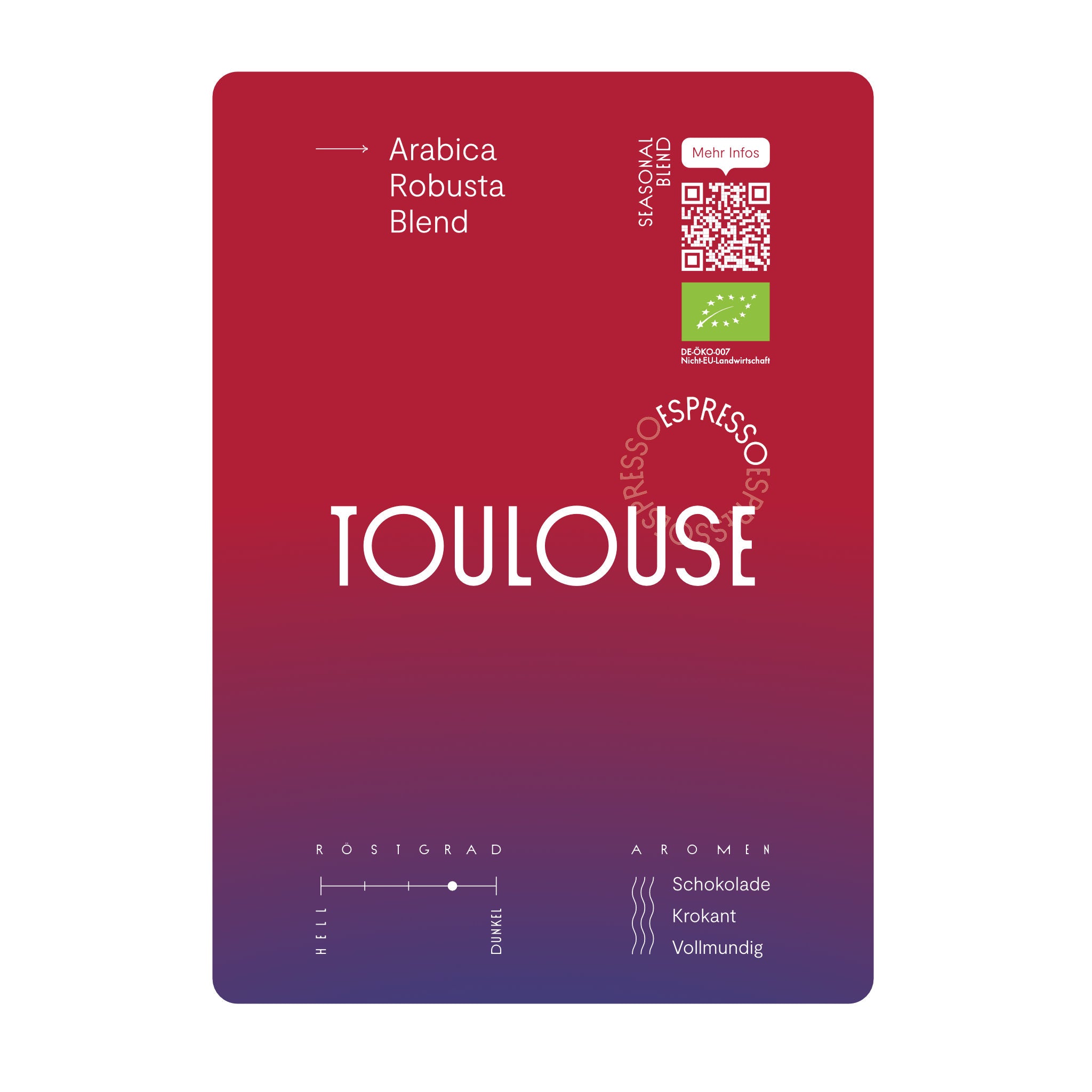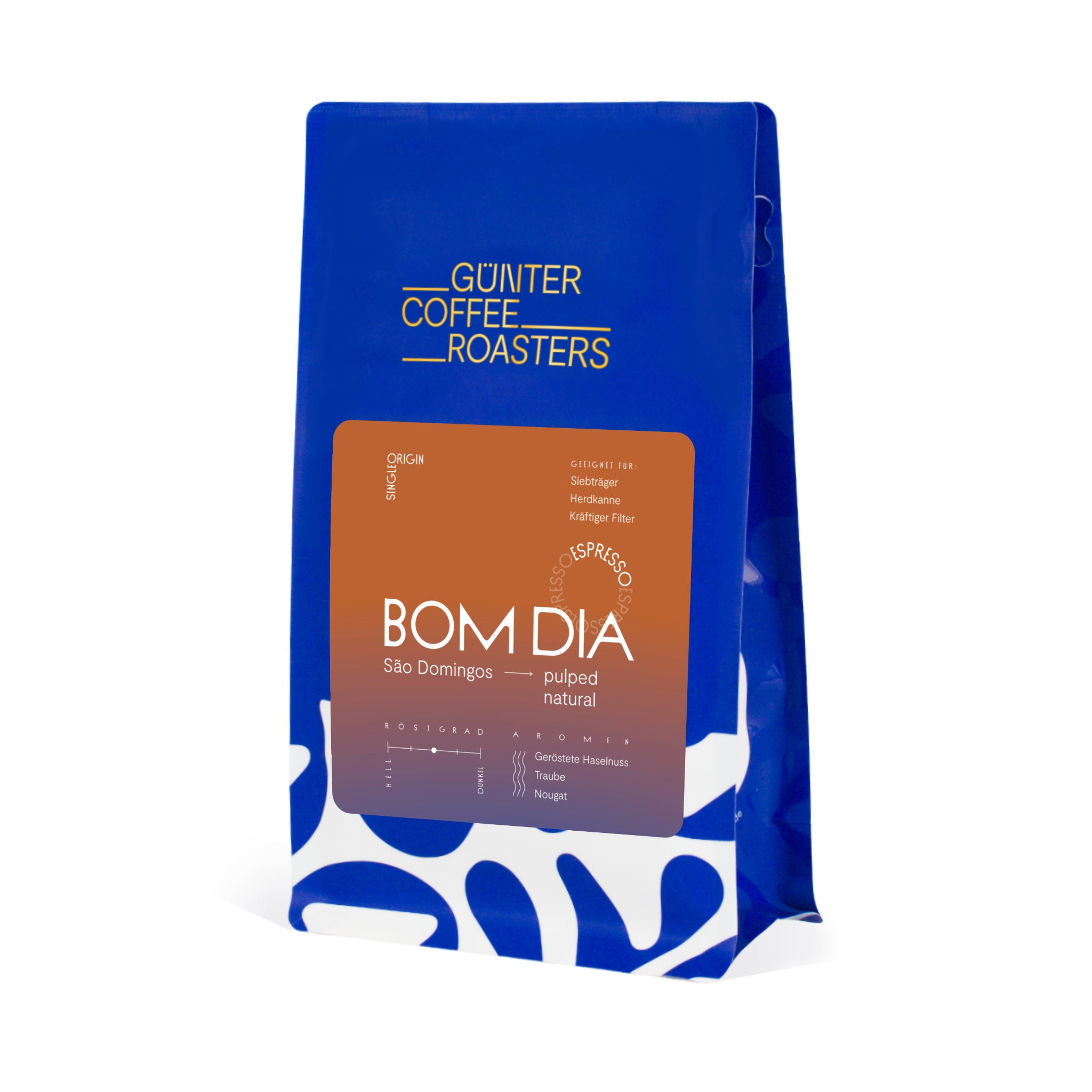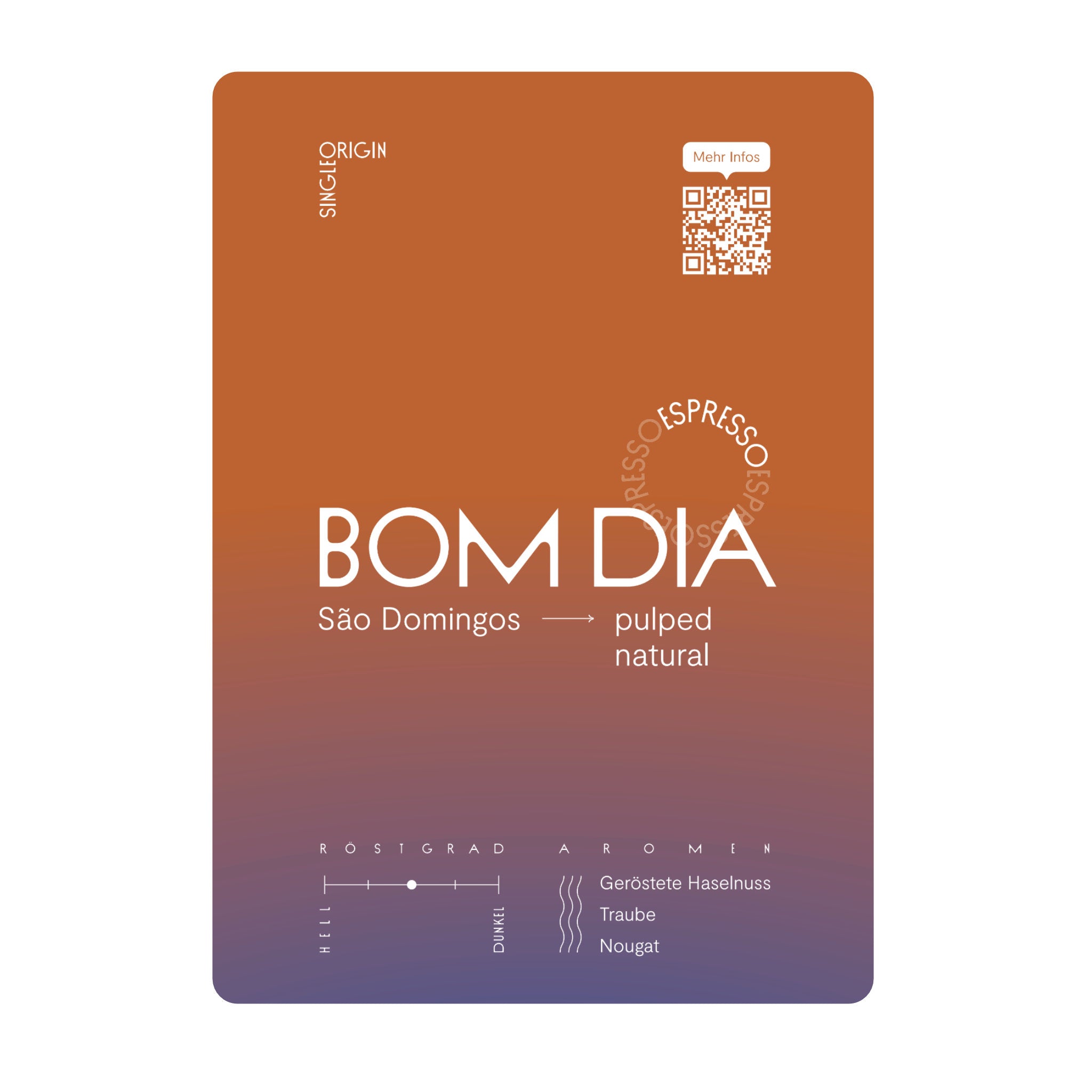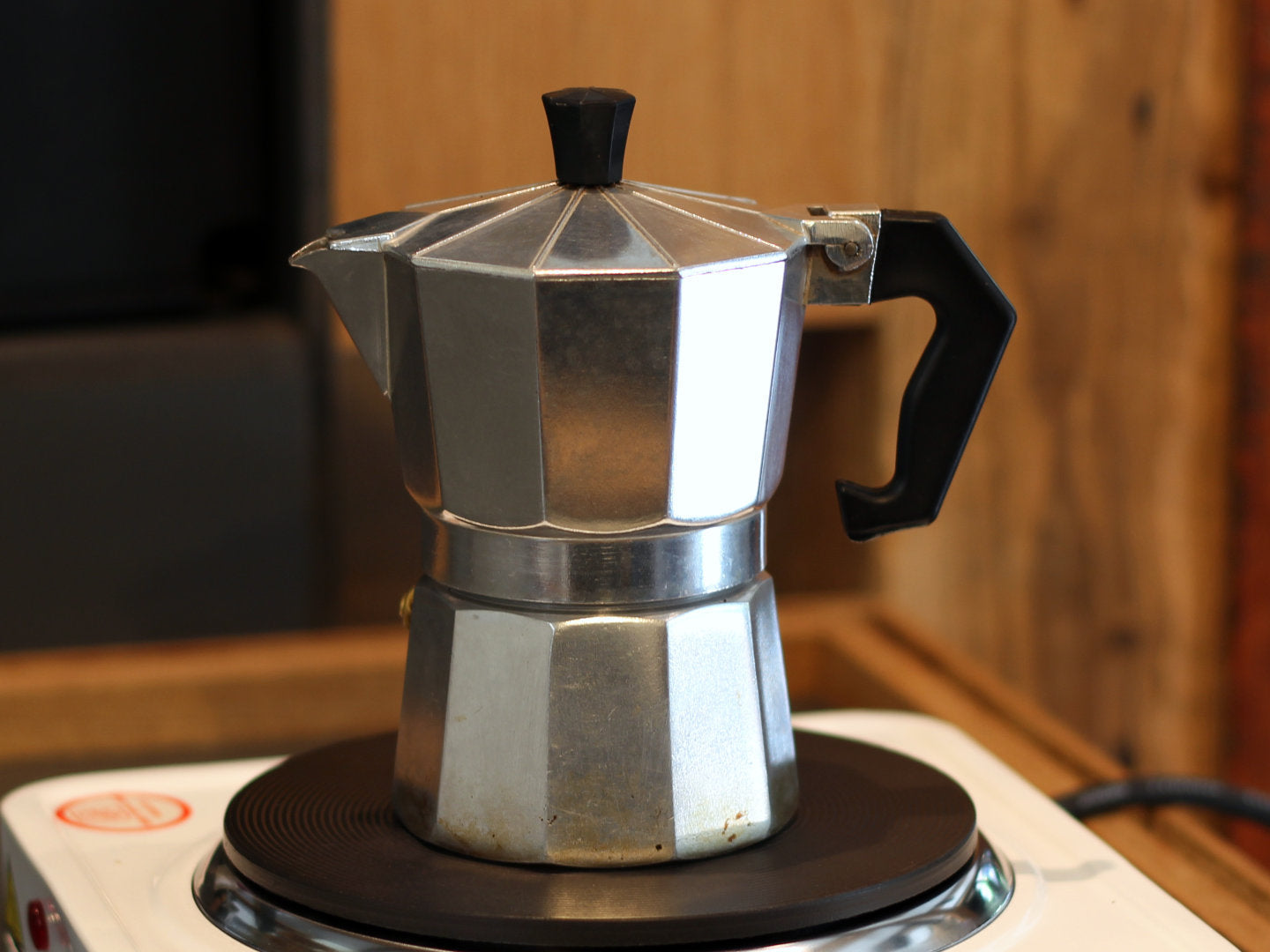You need this equipment to properly prepare filter coffee with the AeroPress:
- AeroPress coffee maker
- Filter paper
- Cup or carafe
- Coffee grinder
- Fine scale
- Kettle or kettle , ideal with a gooseneck and temperature display
- Coffee beans
- Something to stir
If you are still missing something to prepare, you can find everything in the online shop by following the links above. We describe two recipes in this article. A recipe for stronger coffees and one for lighter coffee roasts, which you can find at the end of the article.
1. Set the recipe
The ratio of coffee to water (brew ratio) is the basis of every coffee recipe. We use it to determine the strength and taste of the coffee. The AeroPress is easy to experiment with and can bring out very different tastes. We recommend a ratio of 1:13 to 1:16. With 250 ml of water that fits into the AeroPress, that's 15 to 18 grams of coffee. All information is in grams because we work with a precision scale.
For Philips recipe we use 15 grams of coffee and 250 ml of water.
2. Accurately weigh the amount of coffee for the AeroPress
We place a vessel or our grinder on a fine scale and press tare so that the display shows 0 g. Now we pour in the coffee beans until the scale shows the desired amount. Here we work with 0.1 gram accuracy.
3. Grinding degree of the ground coffee
As a first guideline, the grinding level should be slightly coarser than table salt. The following rules of thumb apply here: The finer the coffee grounds, the longer our water takes to flow through. The longer the water and ground coffee are in contact, the stronger the extraction.
For Philips' recipe, we choose a medium grind, where the ground coffee is about as grainy as table salt. For reference: 17 Clicks on the Comandante Coffee Grinder. A consistent grinding result is crucial. You can find corresponding mills in the shop.
4. Boil water and rinse filter
We heat the water to the desired temperature. For most filter coffees we recommend a water temperature of 94°C. The following applies here: the higher the temperature, the stronger the extraction. We briefly rinse the filter paper in the AeroPress filter holder with the hot water to reduce the taste of the paper.
5. Blooming
Now we put the ground coffee into the AeroPress and set the scale back to 0 (tare). In the first step, we start our timer and pour water evenly onto the ground coffee until it is completely moistened.
For Philips recipe we use 60 g of water. It is important to only pour the water into the ground coffee and not along the edge. Now we wait 30 seconds and stir the coffee grounds lightly so that all gases escape.
6. Coffee extraction
After 30 seconds, we pour water into the AeroPress a second time until the scale shows 250 g. We then insert the plunger (stamp/upper part of the AeroPress).
For Philips' recipe, we wait until the timer shows 2:30 minutes and then gently but firmly swirl the AeroPress. With 4 minutes on the timer, we press the plunger down so that the coffee flows into our vessel underneath.
7. Enjoy filter coffee from the AeroPress
After our 250 ml of water has landed in the AeroPress, we swirl it briefly to let the coffee cool down a little. Filter coffee develops best when it is not drunk completely hot. In fact, it often tastes even better when it's a little cooler! Completely different than what you are used to. The prerequisite for this is high-quality coffee beans.
AeroPress coffee too bitter, sour or watery?
For a good, balanced filter coffee, we solve around 20% of the coffee particles from the ground coffee. If the coffee tastes too bitter, we have removed too many particles. However, if it is too acidic and watery, we have dissolved too few particles.
If the coffee tastes bitter, we want to remove less from the coffee grounds. To do this, we either grind more coarsely to reduce the surface area the coffee grounds are exposed to by the water, shorten the brewing time or lower the water temperature.
If the coffee tastes too sour or watery, we have to remove more particles from the coffee. Analogous to over-extraction, for under-extraction we choose a finer grind, increase the water temperature or extend the contact time between water and coffee grounds.
We recommend not changing everything at once, but rather adjusting one parameter at a time. It's worth experimenting a bit.
Since coffee consists largely of water, its properties (water hardness and composition) play a major role in the taste. You can find out more about this in our guide to coffee water.
Another tip: For darker coffee beans, it is often worth reducing the extraction slightly. You can achieve this either through coarser grinding, a reduced water temperature or a shorter brewing time.
- 18 grams of coffee
- Heat 200 ml (+40 ml) of water to 90°C
- Grind coffee in 20 clicks (Comandante)
- Pour in 60 ml of water and stir gently, wait 30 seconds
- Then fill up to 200 ml, stir and put on the plunger
- Press down plunger at 3 minutes
- Add 40 ml of water to the coffee (bypass)
- Done!

